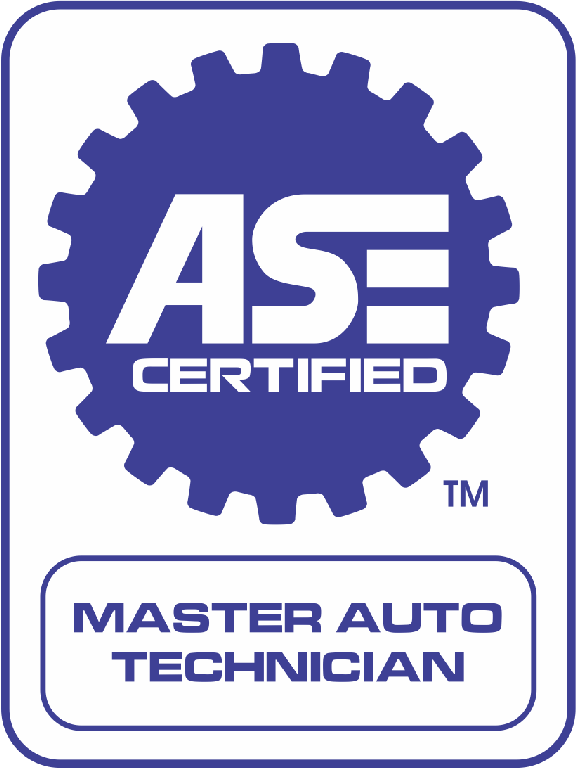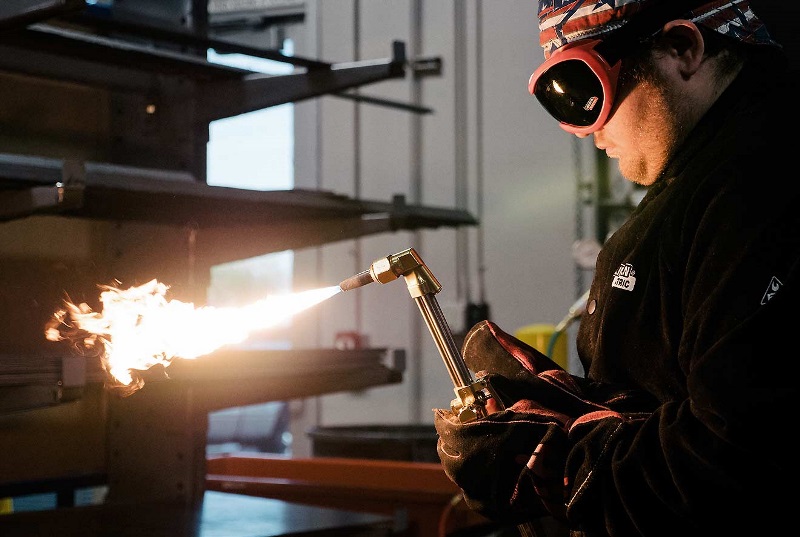
This article will explain how to perform a car inspection. We will inspect the brakes as well as the exterior mirrors and headlights. Finally, we will examine the engine. Once we have reviewed the basics, the next step is to get into the technical details. These are the things that you should be looking for when inspecting your car. We hope this article has been helpful. We've provided the steps for you to follow if your goal is to buy a car.
Checking the brakes
The brakes are an important safety component to inspect when you're getting your car inspected. You may notice a decrease in your car's responsiveness or a pull on one side of the brakes if you don't maintain it properly. To repair your car in such situations, it is important that you take it to a mechanic. These are some ways to inspect the brakes while you're having a car inspection.
Check the brake pads. It is easy to check if your brake pads are in good condition. Simply place a piece of cardboard under the car's wheels, and press the brakes. Brake pads should be more than an eighth of an inch thick. They must also be free from pulsing. You can also examine the parking brakes. You must immediately replace the parking brakes if they stop working.

Examining the headlights
Vehicle safety inspectors regularly inspect the headlights and taillights to ensure proper installation and functioning. A failed safety inspection can be caused by defective headlights, a damaged lens, or oxidized bulbs. It is possible to avoid your car failing safety inspection entirely by replacing the bulbs right away. Here are some tips for checking your car's headlights.
Check that the headlights have been cleaned. You'll need to replace headlights if they are cracked or chipped. You can order new replacements online or get used ones from a salvageyard. Alternatively, you can drive slowly and with more caution until the light is fixed. Failure to properly work the headlights can result in your car failing state inspections. Also, if the headlights are dim, you can use the side lights. They will also make it easier for you to be seen by other drivers.
Examining exterior mirrors
It is important to inspect all mirrors before you inspect a vehicle. They should be properly installed and free of cracks. Be sure to check the controls on the outside mirrors. These may be electric buttons or small adjustable handles. You should note your findings in a specific field on the car inspection forms. Tires are another area that you need to inspect. They should match the type of wheels and the vehicle's tires.
In addition to checking the tires and brakes, the inspector will also need to inspect the exterior mirrors. The inspector will also check the ABS bumper cover. If it's taped to the bumper, that's another red flag. It's also a sign of concern if you notice the trunk lid and hood only being held down by bungee chords. It is important to inspect your tires in order to maintain safety.

Checking the engine
If your vehicle is showing the "check engine" light, it may be a sign that something is wrong. A malfunctioning checkengine light can indicate that the emissions are not in good shape. If you notice this, it is best to bring the vehicle to a mechanic. You can use a car diagnostic tool to check your car's emissions if you don't know what to look out for.
An emissions inspection may be necessary for your vehicle to pass emissions tests, which could cause your car to have poor fuel economy and slow acceleration. This inspection may help to determine the effectiveness and efficiency of your catalytic convertor. Routine maintenance plans generally focus on mileage and time, so they do not include things like electrical connections and sensors. An emissions inspection is a way to determine if any of these components need to replace and will also help you avoid closing down your car's emissions system.
FAQ
Is it worth becoming a mechanic?
The answer depends on what you are looking for in life. If money is your goal, then you can answer "yes". But if you are searching for meaning and purpose, then you should not answer this question.
If you don't have any mechanics skills, then there's no point getting into it because you'll just end up wasting time. It's not going make you millionaire. It won't make your name famous. It is unlikely that you will be made famous.
You'd need to spend years learning how everything works. Then you'd still have to pay someone else to fix your car when it breaks down. This is why most people don’t bother. They find something better to do instead.
Let's sum it up: If you want to make a lot of money, then do so. The mechanic's profession is not the right place for you if it means that you will live a fulfilled life.
What length is an automotive mechanic apprenticeship?
The apprenticeship to become an automotive mechanic takes about three years. This includes two years at school and two years working as an apprentice. The first year of training is spent in the trade. This includes theory and practical skills as well as safety procedures. During this time, you'll also learn how to use tools safely and efficiently. You'll spend the second year in on-the-job training, where you will gain experience in various trades. These periods will also give you the chance to take formal courses.
The final year of the program is spent gaining qualifications and becoming certified in the field. These include NVQs (National Vocational Qualifications), which are awarded after passing exams covering specific topics within the industry. You can also get HNCs (Higher National Certificates), that cover subjects such as customer service, business administration, management, and business administration. Finally, there are City & Guilds certificates that are offered for those who wish to become qualified in certain trades.
What do I need to know about car mechanics?
To be an auto mechanic, you don't have to know much about cars. Only you need to know how things work. It's why many people begin to fix things by fitting brake pads or changing tires.
You need to be able read and comprehend diagrams, follow written instructions and adhere to basic principles of good practice. You must also be able judge if parts need to replaced or repaired.
It's important to remember that you shouldn't attempt to repair vehicles without having received proper training and guidance. This is especially true for expensive components, such as transmissions and engines.
In fact, even though you won't need to know much about cars, you will need to thoroughly know the basics of mechanical engineering and physics. This means understanding the principles behind how engines work and how brakes function.
It is also important to remember that you will need to be able to handle many situations. For example, you may find yourself working on a vehicle that has been involved in a serious accident. Additionally, you will need to have experience with handling accidents and breakdowns.
Finally, you must be willing to learn new skills quickly. You will need to be able not only to diagnose problems but also to perform simple maintenance tasks like tightening bolts and nuts.
What are the qualifications for an automotive technician
High school graduation or GED is required with excellent grades in English and math. You must also be able to read, and write. The written test will be passed and you will then have to take several practical exams before you can begin work.
Statistics
- According to the BLS, the median annual salary for automotive service technicians and mechanics in the United States was $44,050 in May 2020. (uti.edu)
- Apprentice mechanics earn significantly less hourly than mechanics who have completed training, with a median wage of approximately $14.50 an hour, according to PayScale. (jobhero.com)
- The U.S. Bureau of Labor Statistics (BLS) reports that the job outlook for automotive service technicians and mechanics is expected to decline by 4% from 2019 to 2029. (indeed.com)
External Links
How To
How to become an Automotive Technician
A technician who works on vehicles is an automotive technician. He/she can be found at auto shops, garages and service centers. He/she helps customers fix their cars, trucks, motorcycles, ATVs, boats, lawn mowers, snowmobiles, tractors, trailers, farm equipment, planes, helicopters, jet skis, watercraft, bicycles, motorcycles, scooters, golf carts, etc. An automotive technician must be capable of diagnosing problems and making repairs safely, accurately and efficiently.
An associate degree should be obtained from a vocational school if you wish to work as an auto technician. After completing the program, he/she must take the National Institute for Automotive Service Excellence certification exam. ASE stands as American Society of Mechanical Engineers. Two sections make up the ASE certification examination. The first section tests the ability to use mechanical knowledge. The second section tests the ability to apply practical skills. You will need to attend an authorized testing site in order to pass the test. These locations can be found online or at your local auto dealer.
After passing the test, a candidate must pass a state examination before becoming licensed as an automotive technician. This process can vary depending on where the applicant lives. Some states require applicants to take a training course while others allow them the freedom to study on their own. Some states permit technicians to work immediately after they are granted their license. Others require them to wait at least six consecutive months before they can be licensed.
To become an automotive technician, one must apply at a local dealership. New employees are usually apprentices when they first get hired. Apprenticeships last for three years. The apprenticeship program teaches students how to change oil, adjust brakes, replace tires, clean spark plugs, inspect engine compartments, and perform routine maintenance. Some students learn how to do advanced repairs, such as installing air filters, replacing shocks, repairing engines, and replacing transmission fluids. Many schools offer classes during regular hours. Some schools offer evening classes, however.
Once a student finishes his/her apprenticeship, it is possible to become a Journeyman. Journeymen can spend up to five years learning how major systems work, including transmissions, differentials. They also learn how to adjust steering gear and suspensions. They are also taught how to troubleshoot electrical components and remanufacture engines. Many employers prefer to hire Journeymen because they understand the job well.
Once a candidate passes the required exams and is granted a license, they might consider opening their own shop. According to Bureau of Labor Statistics (2010), almost 1.7million automotive mechanic jobs were on the market. This number is expected to increase by 18% between 2009 and 2020. When a candidate plans to open his/her own shop he/she should be ready to invest thousands of dollars in equipment.
Many factors affect the automotive technician's salary, including location, education, experience, and employer type. An average salary for a jobless individual is $20,000 per annum. Someone with only a high school diploma could earn around $21,000 per year. A bachelor's degree is equivalent to approximately $24,000 annually. Technicians with bachelor's degrees earned about $27,000 per year. Masters' degree holders earn around $32,000 per annum. Salary increases are common so professionals who make less than $30,000 a year could realistically expect to earn $40,000 over the next few years.